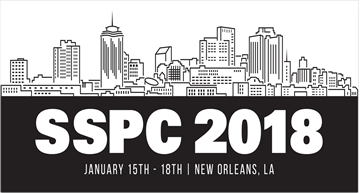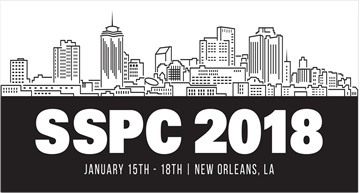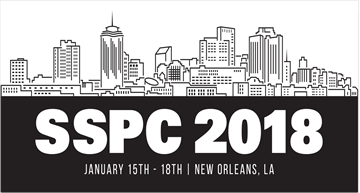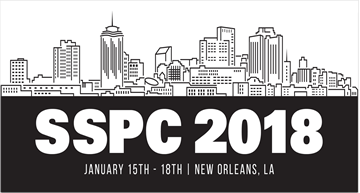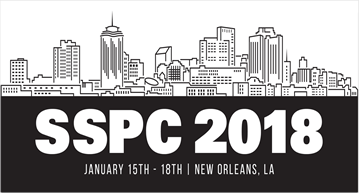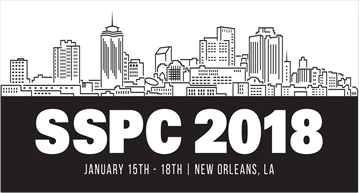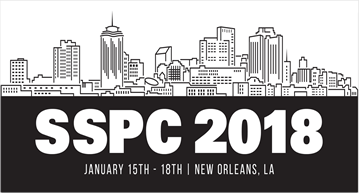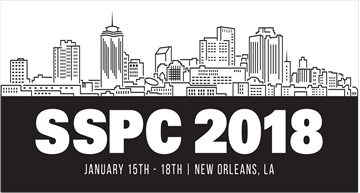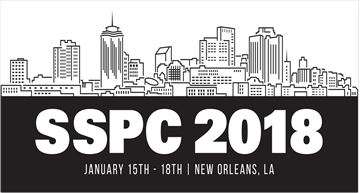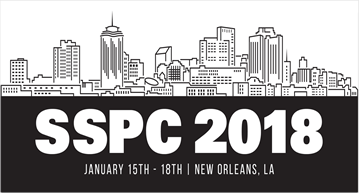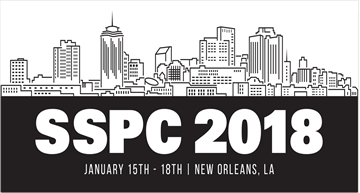Search
Products tagged with '2018 Conference Papers'
View as
Sort by
Display
per page
National Shipbuilding Research Program Surface Preparation and Coatings Panel 2018 Update
Product Number:
51218-140-SG
Publication Date:
2018
$20.00
New Technology: Coatings Inspection Instrumentation
Product Number:
51218-108-SG
Publication Date:
2018
$20.00
New Test Requirement for Evaluating Temperature Resistance of Nonskid Coatings
Product Number:
51218-155-SG
Publication Date:
2018
$20.00
Non-metallic (Mineral) Grit Recycling: Equipment and Metrics Development
Product Number:
51218-127-SG
Publication Date:
2018
$20.00
Novel Testing Methodology of TwoCoat and Three-Coat Systems for Steel Bridge Structures
Product Number:
51218-163-SG
Publication Date:
2018
$20.00
ON THE TOPOGRAPHICAL AND PERFORMANCE EFFECTS OF REBLASTING A PREVIOUSLY PREPARED STEEL SUBSTRATE
Product Number:
51218-141-SG
Publication Date:
2018
$20.00
Organizing And Developying Volunteers To Preserve Historic Army Tanks For a Military Museum
Product Number:
51218-095-SG
Publication Date:
2018
$20.00
Power Tool Cleaned Surfaces New Insights into Surface Profile Measurement
Product Number:
51218-166-SG
Publication Date:
2018
$20.00
Preparation for SSPC QP 3 Shop Certification
Product Number:
51218-130-SG
Publication Date:
2018
$20.00
Preventing Crevice Corrosion in New and Existing Steel Structures
Product Number:
51218-152-SG
Publication Date:
2018
$20.00

